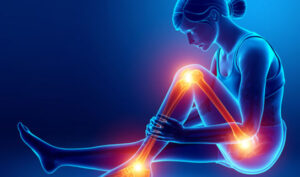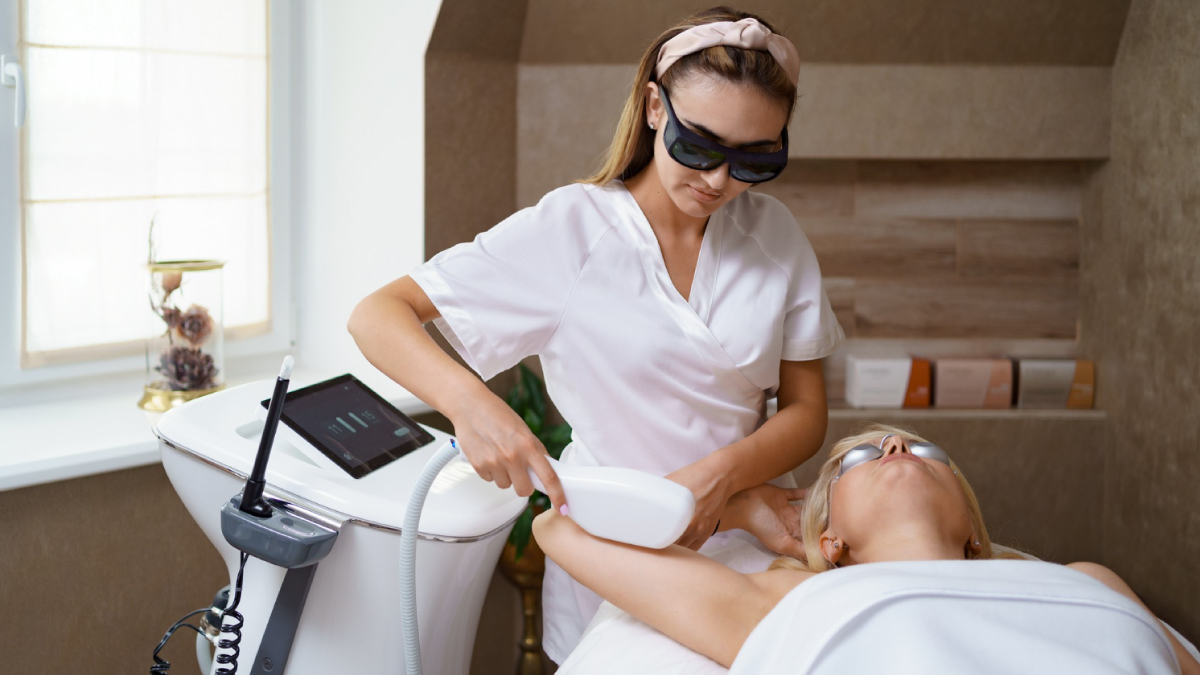Introduction
Have you twisted an ankle and felt severe pain? Or have you got a stomach bug, but the physician’s clinic is closed? This condition accounts for visiting an urgent care clinic.
An urgent care clinic fills a special role between a physician’s clinic, and an emergency ward. Here, those conditions are managed and are not potentially life-threatening. So, visit an advanced urgent care clinic in Dearborn and get treated now.
This blog will guide you to the basics of urgent care clinic, the condition that requires visiting urgent care, how urgent care works, etc.
What is Meant by Urgent Care?
Urgent care is a center for treating patients who require quick and convenient medical attention for several health conditions.
You do not require to book an appointment to see an urgent care healthcare provider. You can see a healthcare provider with almost no wait time. These are centers that provide prompt medical services and treatment.
So, if the physician’s clinic is closed and your condition does not seem life-threatening, visit an urgent care clinic. Here, you can get treatment without having to wait in long queues.
Most Common Urgent Care Conditions
How will you know that your health condition requires visiting a physician’s clinic, emergency ward, or urgent care? Well, it depends upon the severity of the health condition you are suffering from. However, there are certain health conditions for which you should prefer visiting urgent care rather than a physician and waiting in long queues. These are detailed below:
Respiratory Issues
Asthma: a chronic respiratory condition affecting the air passageway, posing difficulty breathing. Asthma symptoms include wheezing, shortness of breath, and coughing. However, asthma can become life-threatening, in severe conditions.
Pneumonia: a lung disease that can cause fever, chest pain, cough, and difficulty breathing. Treatment for pneumonia may include supportive care and antibiotics.
Bronchitis: an inflammation of the air passageway. The symptoms include chest pain, coughing, and difficulty breathing.
Gastrointestinal Issues
Food poisoning: consuming contaminated food or water causes food poisoning. The source of contamination might be bacteria, viruses, or parasites. Symptoms of food poisoning include vomiting, nausea, diarrhea, and stomach cramps.
Dehydration: Dehydration results when the body loses more fluids than it takes in. Symptoms of dehydration include fatigue, thirst, dry mouth, and headache.
Injuries
Sprains and Strains: Sprains and strains are injuries to the tendons, muscles, and ligaments. Symptoms include swelling, pain, and limited mobility. Its treatment includes ice, rest, compression, and elevation.
Broken Bones: This condition requires immediate Medical care. Symptoms of a fractured bone include swelling, pain, and deformity. Treatment includes surgery, immobilization, and pain management.
Cuts and lacerations: They can range from minor to severe. Their treatment includes cleaning and suturing the wound. The physician may recommend a tetanus injection if necessary.
Skin Conditions
Rashes: Allergies, infections, and autoimmune disorders cause rashes. Treatment may include topical creams, medication, or lifestyle changes.
Burns: Burns can be caused by heat, chemicals, or radiation. Treatment may include cleaning the wound, pain management, and wound care.
Insect bites and stings: Insect bites and stings can cause swelling, itching, and pain. Its treatment includes ice, over-the-counter medication, and elevation.
Other conditions
UTIs: Bacteria are the main reason for causing Urinary Tract Infections (UTIs). It can cause burning, pain, and frequent urination. UTIs can develop in any part of the urinary tract and can be treated with antibiotics.
Headaches: Several reasons lay behind causing headaches as stress, dehydration, and medication overuse. Treatment may include over-the-counter medication, lifestyle changes, or prescription medication.
Allergic reactions: They can be caused by a variety of triggers, including food, medication, and insect bites. They vary from mild to severe. Treatment may include epinephrine, certain medications, and emergency medical attention.
Signs that Urgent Care is Needed
- High fever: A fever above 100.4 F.
- Severe pain: Severe pain that is sudden and persistent. It might be located in the chest, abdomen, head, or extremities.
- Difficulty in breathing: Difficulty breathing can be a sign of a respiratory or cardiac emergency and should be treated soon.
- Loss of consciousness: It may require urgent care or emergency medical attention, depending on the cause.
- Severe bleeding: Severe bleeding from a wound or injury may require urgent care to stop the bleeding and prevent complications.
- Seizures: Seizures can be a sign of an emergency medical condition; require immediate medical attention.
When You Need to Go to the Emergency Room Instead
- Life-threatening emergencies – If someone is experiencing a life-threatening emergency, such as chest pain, severe bleeding, or loss of consciousness, visit the emergency room as soon as possible.
- Major trauma – Major trauma, such as a severe head injury, spinal cord injury, or burns, may require emergency medical attention.
- Severe mental health crisis – If you or someone else is experiencing a severe mental health crisis, such as suicidal ideation or severe psychosis, go to the emergency room or call a crisis hotline for immediate help.
How Urgent Care Works
- Walk-in visits: Urgent care centers typically offer walk-in visits, allowing patients to receive medical attention without an appointment.
- On-site diagnostics: Many urgent care centers offer on-site diagnostics, such as X-rays and lab tests, allowing for quick and convenient diagnosis and treatment.
- Extended hours: Urgent care centers often have extended hours, including evenings and weekends, to accommodate patients; who need medical attention outside regular business hours. So, if you feel an emergency and the physician’s clinic is closed, consider going to an urgent care clinic.
Preparing for an Urgent Care Visit
- Bring medical information – Bring a list of current medications, allergies, and medical conditions to your urgent care visit. Inform the urgent care provider if you have any abnormality due to any medication or after the previous visit to the urgent care.
- Bring insurance information – Bring your insurance information, including your insurance card, to your urgent care visit.
- Prepare for payment – Know your insurance coverage and be prepared to pay any co-payments or fees during your visit.
- Bring comfort items – Bring comfort items, such as a book or blanket, to help pass the time while waiting in the queue.
Conclusion
To conclude, urgent care is intermediate to a physician’s office and an emergency room. You can visit an urgent care center in person or via urgent care telehealth in Michigan. There is no need to book an appointment with an urgent care provider or wait in long queues. There is almost no wait interval as you visit an urgent care center. The signs and symptoms that an urgent care is needed include a high fever of around 100 F, severe bleeding, seizures, etc. The most common urgent care conditions include respiratory diseases like asthma, pneumonia, bronchitis, etc., gastrointestinal issues like food poisoning, injuries, and skin conditions like rashes, burns, insect bites, and stings. In addition, certain other conditions are also treated as UTIs, headaches, and allergic reactions. For visiting an urgent care center, prepare your medical and insurance papers.
Also Read: 7 Common Dental Problems That You Should Beware of




